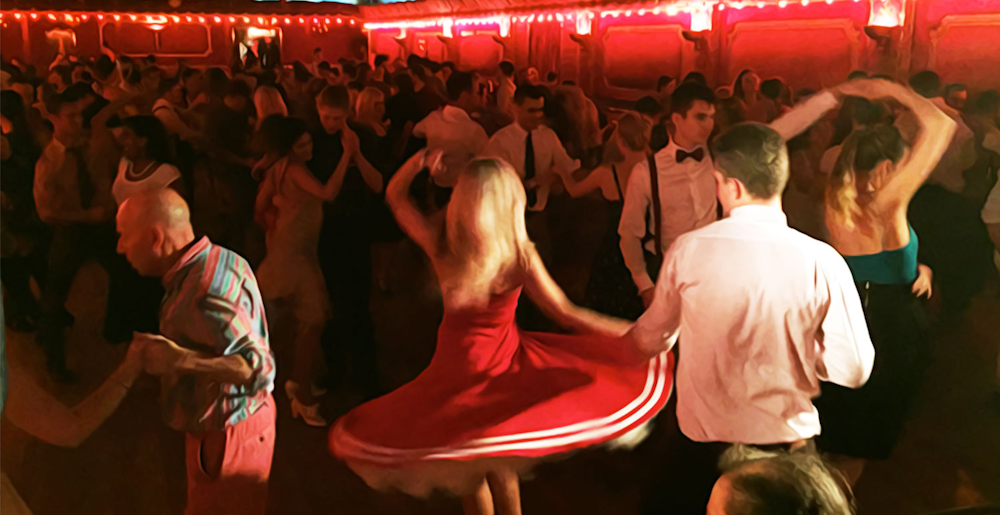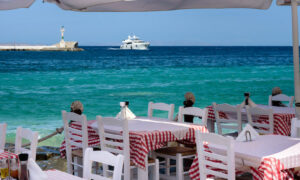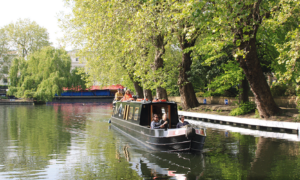I am a huge advocate of dancing of any kind. There are many scientific papers out there explaining the benefits of dancing for both physical and mental health. This post on the Time Magazine website, “Dance Like Your Doctor is Watching,” is a good summary. I didn’t know any of this when I started dancing.
For me as a migrant/expat, dancing was my ticket to meeting locals, learning about their culture and learning to speak the language.
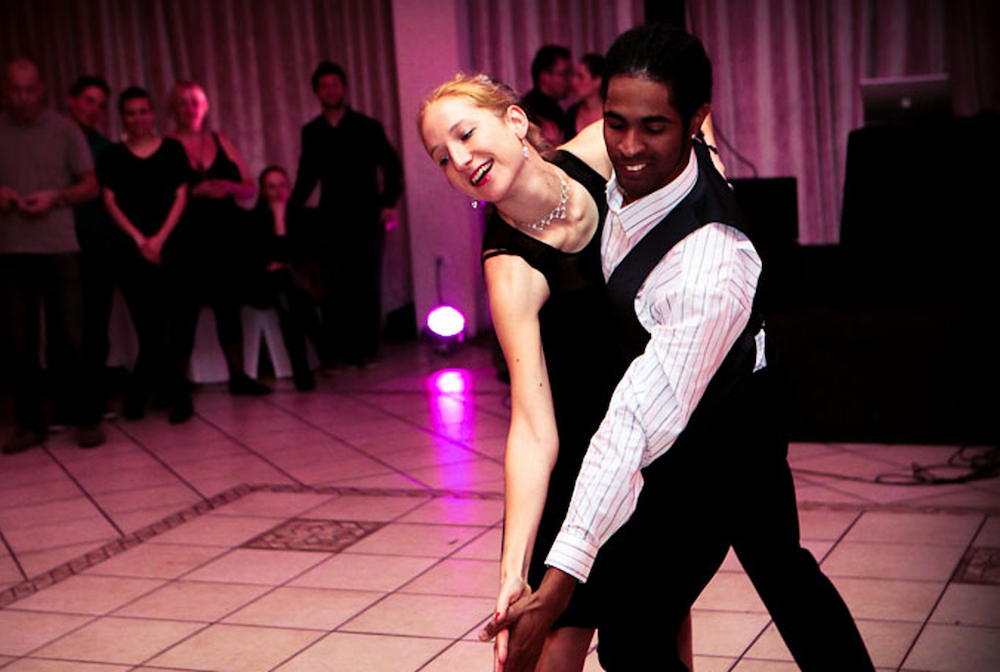
Ballroom and Latin dancing in Zagreb, Croatia
When I moved to Zagreb, Croatia, from the neighbouring Bosnia in the early 90’s I was grieving the recent loss of my mother and trying to make sense of the break-up of my country that manifested itself in a brutal civil war. Coming from Sarajevo, Bosnia, I spoke a different dialect than that spoken in Zagreb. This was often met with suspicious looks, certain amount of coldness and eye-rolling.
The world around me didn’t make much sense then. But it was clear that if I wanted to have a pleasant time in Croatia, successfully complete high school – and ultimately fit in – I had to focus on the linguistic differences, some of which were still in the process of being formalised in the years after Croatia was recognised as an independent country.
One day I noticed a dance school poster glued to a lamp post near my school. New classes were about to start. The programme was run by students for students at a student campus not far from where I lived, so I decided to check it out. The handsome young dance teacher was so full of enthusiasm for teaching dancing and his beautiful girlfriend had all the musicality I could only ever wish for.
Watching them demonstrate the dancing I was instantly hooked despite the fact that I had two left feet and I am tone deaf. Even the simple dances, like paso doble. which originates from Spanish infantry’s military march, were a struggle for me to comprehend. Marching to the beat, on the right foot, took a lot of practice.
The focus on dancing soon took my mind off the other troubles in my life, those over which I had no control. Dancing was a form of escapism and it helped heal my soul. As an extra added bonus I made a lot of new friends with whom I could hang out with and who were quite happy to correct my Croatian.
In parallel I was also learning to speak English. In addition to an hour of English lessons per week at school, I used to borrow books from the American Embassy which had a little library near park Zrinjevac. Also, I watched a lot of TV. In Bosnia and Croatia, the imported television programmes aren’t dubbed, everything is subtitled or at least it used to be. This helped with the language acquisition.
Le Roc, Ceroc a.k.a. Modern Jive in London

Before I moved to England, I thought my comprehension of English was okay to get by. But on arriving, I ended up living with Australians and couldn’t understand a word of what was being said at their natural speed of speaking. Understanding the English was a fraction easier.
Out and about, my English pronunciation received the same cold reception and eye rolling I had experienced in Zagreb. The British think just as much of non British English as the Croats from Zagreb think of a non Zagreb dialect.
I copied how people around me spoke but living with Australians in London, to an English ear, I somehow ended up sounding like a South African. I was trying to do more than just learn to speak the language, I was morphing my accent so that I could fit in.
Nobody likes a foreigner!
Partner dancing is very popular in the UK, it’s everywhere. Unfortunately, ballroom and Latin Dance schools I came across required that students come in with their dance partner and the emphasis was on competing and technique as opposed to fun.
This was not the case with other the other dance styles such as modern jive and salsa where dance partners were rotated after each move was taught. This was a perfect environment to meet a lot of people where conversation could be as short as “Hello, my name is Lilly” or as long that we’d organise a non dance meet-ups.
The halls where I used to go dancing attracted hundreds of people, young and old and from all walks of life to numerous venues in and around central London and there were great Saturday night dance parties with live music.
My favourite venue at the time was the Notre Dame Hall in Leicester Square in London which is now Leicester Square Theatre. The closest event in style that can be found today is the Jive Party at the Rivoli ballroom in Lewisham.
I had a fabulous time dancing in London, made many friends for life, and learned to speak English, eventually mastering the “w” and “th” sounds – not part of the Croatian alphabet – as well as the round “o” and the soft “r.”
According to science, I also improved my physical and mental fitness. Consequently, I fully recommend dancing as my personally tried-and-tested method to help integrate into a new community.
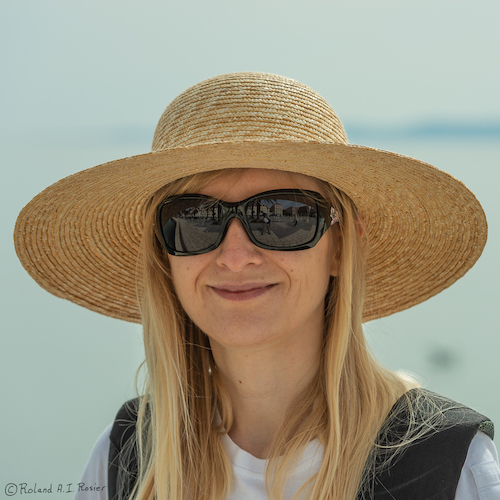
About the author:
Lilly Rosier is business analyst, fine-arts lover, baker, wife and a mother who lives near Eindhoven, Netherlands
She’s passionate about travelling and always discovering new, great tasting vegetarian or vegan food.
Lilly’s secret to a happy life: “Spending time with a cat.”
See more of Lilly’s posts here.


